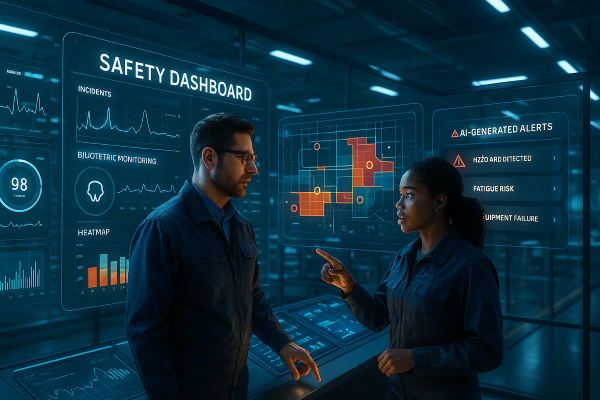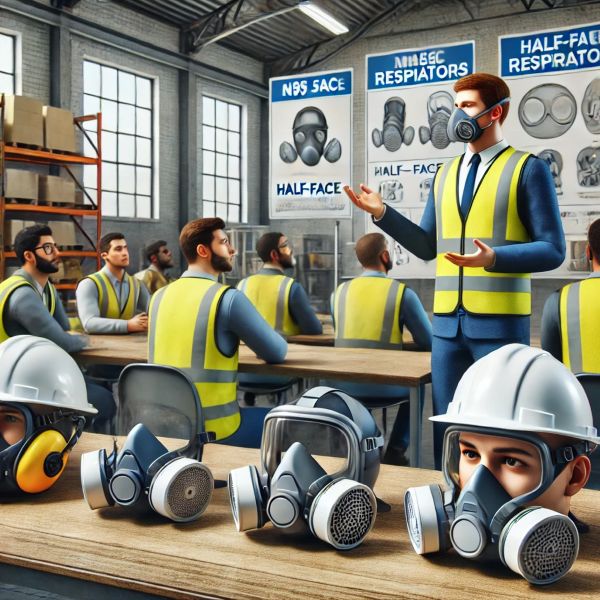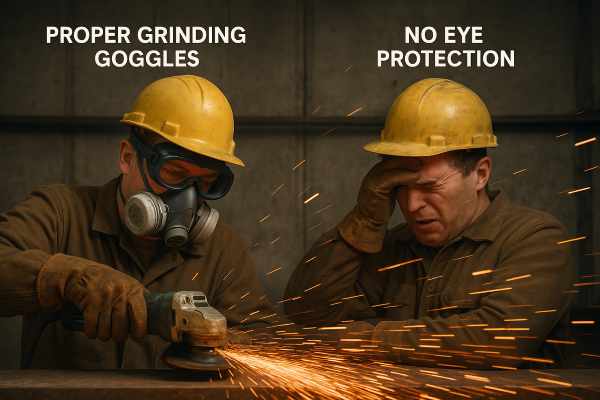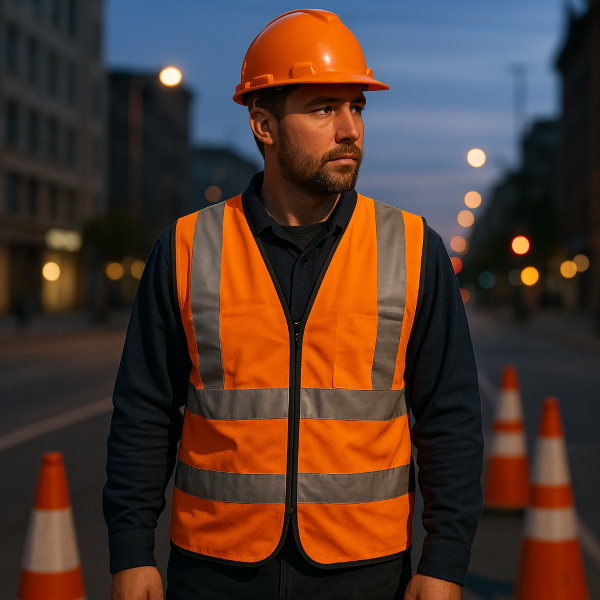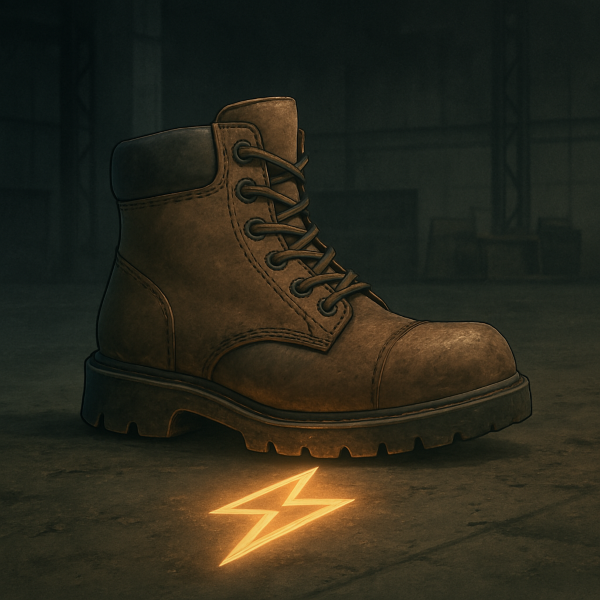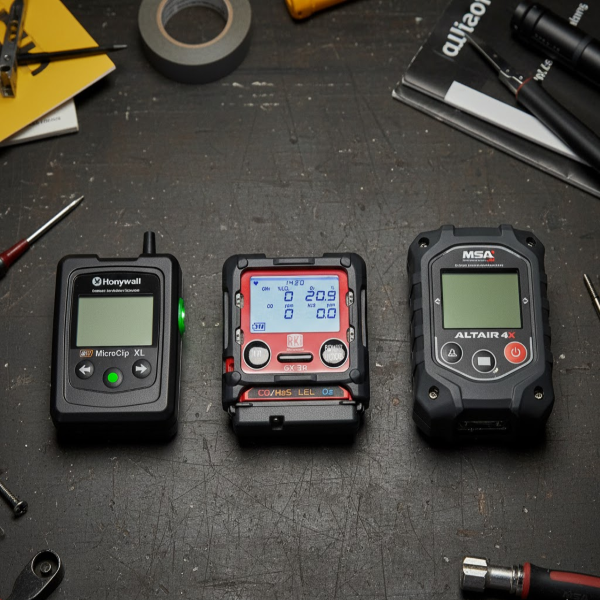Future-Proofing Workplace Safety
Top 2025 Trends and Tech That Are Changing the Game
As we charge full steam into 2025, the landscape of workplace safety is shifting faster than ever before. It’s no longer just about meeting compliance checklists or wearing hard hats — it’s about creating environments where tech, health, and human insight collide to protect employees in smarter, more proactive ways.
From artificial intelligence (AI) predicting hazards before they happen to wearable devices tracking employee stress levels in real time, the new era of safety isn’t coming — it’s already here.
Let’s dive into the top 2025 safety trends that are redefining how businesses protect their people, boost productivity, and build resilient workplace cultures.
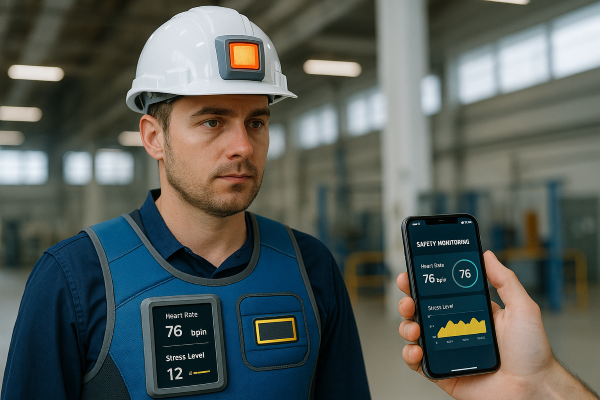
2025 Safety Trends Shaping the Modern Workplace
If 2024 was a wake-up call, 2025 is the year action takes center stage. These aren’t just buzzwords — these are real-world innovations making noise across industries.
1. AI Is the New Safety Manager
Artificial Intelligence is doing more than recommending playlists — it’s saving lives. In 2025, smart systems are being trained to spot safety violations, analyze near-miss data, and even predict high-risk behavior before incidents occur. It’s predictive analytics on steroids, and it’s a game-changer for EHS teams.
2. Wearable Safety Tech Goes Mainstream
Remember when Fitbits were a novelty? Fast forward to now — wearables are being used to monitor fatigue, heart rate, hydration, and exposure to toxic environments. Think smart helmets, vests with built-in sensors, and badges that track movement in high-risk zones. It’s PPE innovation that actually walks the talk.
3. Emergency Preparedness Gets a Digital Upgrade
Forget the dusty evacuation plan pinned to the breakroom corkboard. Today’s emergency tools use real-time geofencing, mobile alerts, and automated communication systems to guide teams through everything from natural disasters to active threats — no second-guessing, no delays.
4. Employee Wellbeing Becomes a Safety Metric
Companies are finally waking up to the fact that stressed, burnt-out workers aren’t just less productive — they’re more prone to accidents. Mental health tools, digital support platforms, and flexible work arrangements are now considered part of comprehensive safety programs. Because let’s face it: a healthy worker is a safer worker.
5. Industry-Specific Safety Solutions
From sensor-equipped scaffolding in construction to touchless sanitation in healthcare, customized safety tech is being fine-tuned for each industry’s unique risks. That means no more one-size-fits-all protocols — we’re seeing smart solutions that fit like a glove.
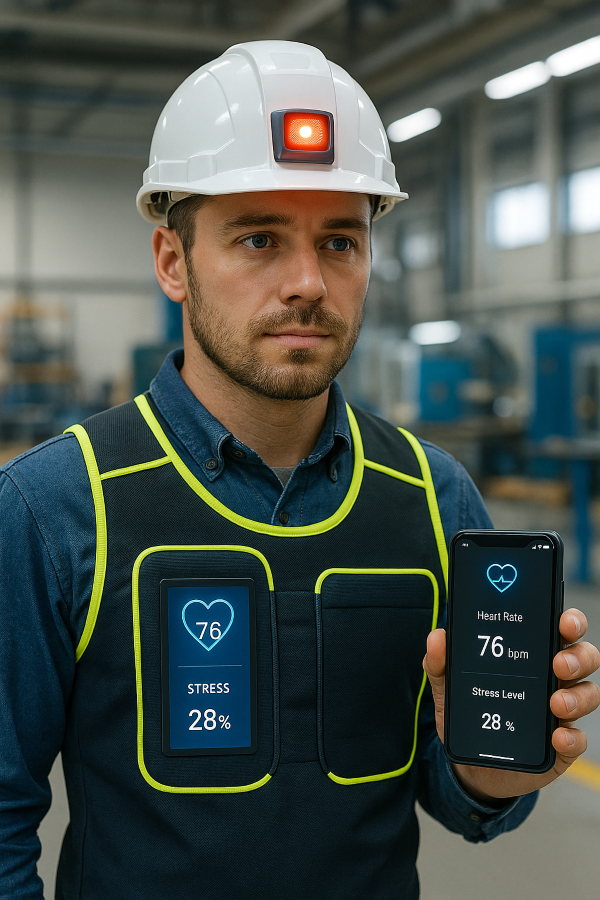
From Compliance to Culture: Building a Safer, Smarter Workplace
Back in the day, safety meant laminated posters and a dusty binder of rules. But now? It’s about building a culture of safety — where everyone from the CEO to the intern is tuned in and turned on.
1. Proactive vs. Reactive: Predict and Prevent
We’re done playing defense. With access to real-time dashboards, incident heatmaps, and AI-driven risk alerts, companies can tackle hazards before they become headlines. It’s about spotting the pothole before someone trips — not just taping it off afterward.
2. The New Role of EHS Best Practices
Environmental Health and Safety (EHS) isn’t just a department anymore — it’s embedded into every team’s workflow. Smart integrations and cross-functional training mean EHS goals are aligned with business outcomes. In 2025, safety isn’t an afterthought — it’s baked into the blueprint.
3. Wellbeing as a Leading Indicator
Organizations that prioritize wellbeing report higher retention, fewer injuries, and — surprise — more profits. From mindfulness apps to wellness stipends, employers are using digital health innovation to keep their teams sharp and satisfied.
4. Data Talks — Are You Listening?
Safety data isn’t just a numbers game. It tells stories — about risk, readiness, and blind spots. The best companies of 2025 are using data not only to react but to strategize and evolve, integrating it into hiring, training, and even facility design.
5. Leaders Walk the Walk
When safety is part of leadership KPIs, things change. Top-performing companies are empowering their leaders to model behavior, reward compliance, and hold folks accountable — not just with lectures, but with shared responsibility and clear, measurable goals.
Final Thoughts: The Future Is Safer — If You’re Ready
In 2025, the smartest organizations know that workplace safety isn’t a checkbox — it’s a competitive advantage. From AI-driven risk detection to wearables and wellbeing programs, the tools are there. The question is: are you using them?
Because when it comes to protecting your people, playing it safe has never been so smart.
So don’t get left in the dust — future-proof your safety game and step into a workplace where innovation, protection, and productivity go hand in hand.
✅ Quick Recap – 2025 Safety Essentials
- 🔍 AI & predictive analytics for safety insights
- 🦺 Wearable safety tech & smart PPE
- 📲 Emergency preparedness powered by digital tools
- 🧠 Employee wellbeing as a safety pillar
- 📊 Real-time data and proactive safety cultures

